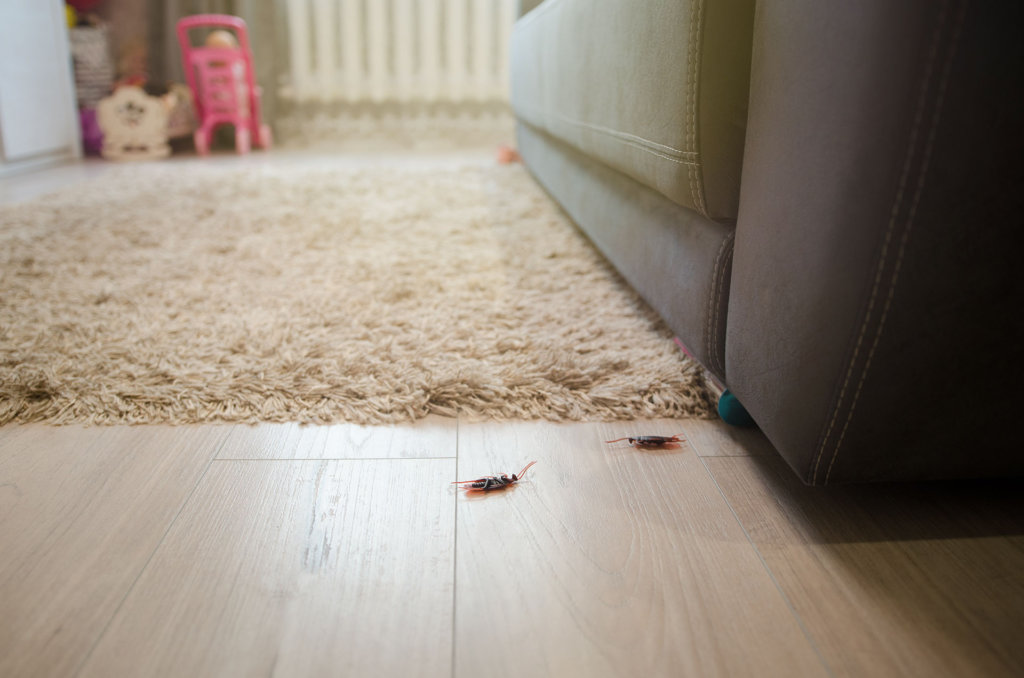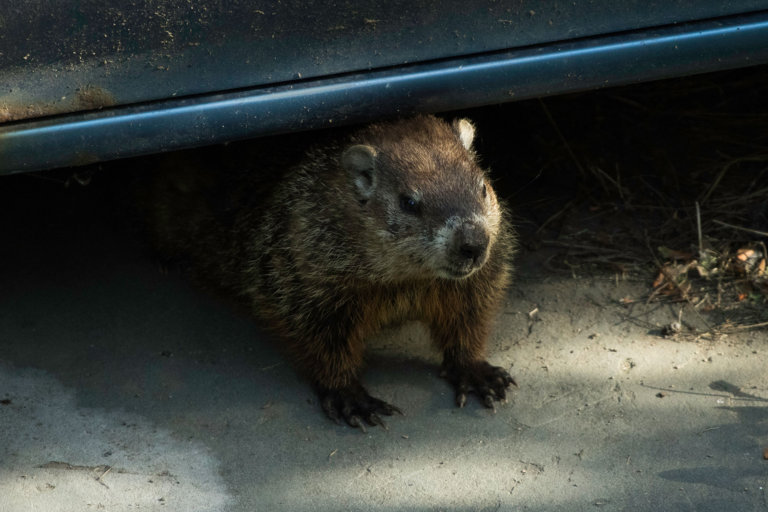The sight of roaches in a home disgusts and frightens most people. These pests are ugly, repulsive, and dirty.
Not only are cockroaches ugly, but they can also be harmful to your health! These insects eat anything, making them carriers of all types of bacteria and infectious diseases. Asthma and allergy sufferers are particularly susceptible to an increase in breathing issues and other symptoms due to the excrement they drop.
Here are some effective, natural solutions to eliminating roaches that won’t negatively impact the environment.
Method 1: Diatomaceous Earth
Using diatomaceous earth (DE) is an eco-friendly, non-toxic way to effectively rid your home of cockroaches. It’s an inexpensive, natural substance that’s very simple to apply throughout your home for roach elimination.
After following the steps below and continually using DE to kill cockroaches, it should take about two or three weeks to see successful results.
- Thoroughly clean your home.
- Mop and completely dry any damp areas. DE will not work if it is sitting on a wet or damp surface. Be sure to reapply it if areas become moist, such as spots around the kitchen, bathroom, and close to baseboards or outside doors.
- You’ll need an applicator to spread the DE in places where cockroaches will likely crawl. You can use a simple scooper tool, like one that comes with powdered laundry detergents, to spread the DE. A duster is handy to get into small cracks and areas, like beneath a sink. And a sifter also helps to evenly spread the DE so insects will crawl over it.
- Apply a light dusting of diatomaceous earth to any areas where cockroaches have been seen and any potential points of entry. These will be spots where the insects can hide, where food might be dropped or stored and places where cockroaches may get into the home.
The insects crawl over the applied solution and carry it on their bodies back to their nests, where it eventually kills them.
Method 2: Boric Acid Mix
If you never have any children or pets living in or visiting your home, use a boric acid mix to get rid of cockroaches. Boric acid is toxic for children and pets to ingest, so use caution when considering this highly effective cockroach eliminator.
Boric acid is a naturally occurring chemical that adheres to a roach’s legs when the insect steps through it. You’ll create a mixture using boric acid that will work to effectively attract the cockroaches towards it.
Once the insects have walked on the mixture, they’ll bring it on their bodies back to the nests where they will lick it off their legs, and it kills them. Within a couple of weeks of applying a boric acid solution, you’ll start seeing a dramatic decrease in cockroach activity as they die off.
How To Make a Boric Acid Mix
- Mix together equal amounts of boric acid and sugar.
- Place the mixture in a squeezable bottle or a dispenser that you can use to spread a light dusting of the mix.
- Squeeze out the mixture onto areas where you’ve seen cockroaches. The sweetened solution attracts roaches to eat the boric acid, which then kills them in their nests.
Method 3: Catnip
Catnip contains a natural odor that cockroaches hate. It doesn’t kill them, but it does effectively repel them. They’re sensitive to the active ingredient in catnip, nepetalactone. This can keep roaches from re-infesting your home once you’ve gotten rid of them.
Catnip has been scientifically shown to work up to 100 times better at keeping cockroaches at bay than dangerously strong insect repellents, such as those containing DEET.
You can place bits of catnip around the areas of your home where you’ve seen roaches. Another method for its use is to prepare a catnip tea solution:
- Boil some water.
- Steep catnip in the boiling water for about 5 minutes.
- Let the “tea” cool off.
- When it’s cool enough, pour the solution into a spray bottle.
- Spray the areas you want to treat. Be sure to get it into every crack, crevice and entryway suspected.
Method 4: Osage Orange Hedgeapple Repellent
The Osage orange plant is a natural cockroach repellent. Its fruit is called a hedgeapple, which is actually yellow-green, not orange, in color. The fruit is large, lumpy, has a bit of a sticky feel to it, and it has a cedar-like smell that cockroaches seem to hate. The hedgeapple also tends to make the insects’ mouthparts stick uncomfortably together if they try to eat it.
Hedgeapples keep cockroaches away from small areas of your home. If your bathroom is infested or another room that’s not very large, this natural fruit is worth using.
You can buy hedgeapples at farmers’ markets and garden centers.
- When you get home, cut each fruit in half to expose the scent and oils.
- Place these halves where you know cockroaches like to hide, such as inside cabinets and in dark, damp spots, like beneath a sink.
- If you’ve noted spots where roaches have gained entry to your home, such as around doors, windowsills, and wall cracks, place the fruit there.
- Write down the locations of each spot you placed the repellent fruit halves. You’ll need to remember to replace them with fresh ones when they begin to get moldy or dry out, perhaps once a week.
Method 5: Detergent Solution
Don’t reach for a can of poisonous insect spray to attack a cockroach problem. The dangerous ingredients in those household products, like pyrethrum, are toxic to humans and pets.
A mixture of liquid dishwashing detergent, vinegar, water, and salt is a safe, non-toxic way to kill cockroaches on contact as soon as you see them in your home.
Mix together in an empty spray bottle:
- 2 cups of distilled vinegar
- 2 cups of water
- 2 tablespoons of Dawn dishwashing liquid
- 3 tablespoons of salt
Shake well before spraying this solution directly on cockroaches to kill them. The mixture penetrates the insects’ breathing holes, called spiracles, which effectively drowns them.
Be mindful of the methods you use to get rid of cockroaches in your home, as some can be toxic to children and pets. These inexpensive solutions are easy to do on your own and are safe for the environment.







